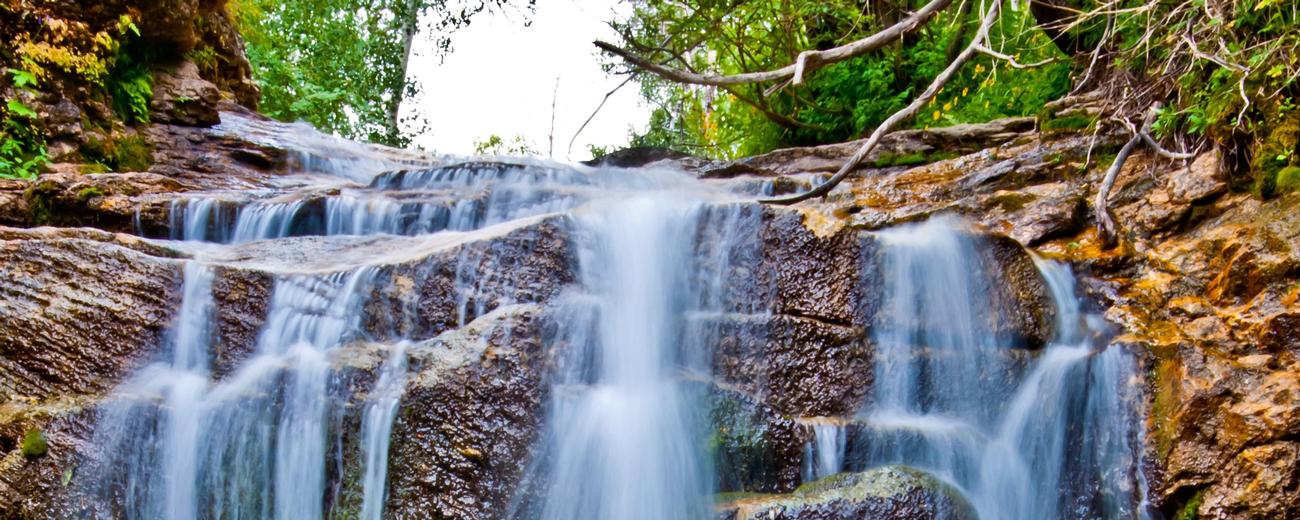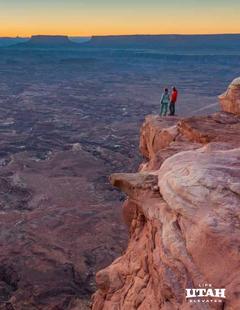The Ruby Mountains, affectionately dubbed the "Alps of Nevada," are one of the most striking mountain ranges in the state. The "Rubies" got their name during the gold rush days in the 1800s when US soldiers began panning for gold in the range's streambeds and found garnets, which they mistook for rubies. Formed of metamorphic granite and quartzite, the Ruby Mountains jut dramatically from the floor of the Ruby Valley and offer year round world class recreational opportunities to its visitors. A large section of the Ruby Mountains are designated as wilderness, containing over 90,000 acres of protected lands. The Rubies contain 10 peaks above 10,000 feet (including Ruby Dome at 11,387 feet) and more than two dozen alpine lakes.
The Rubies are a recreational playground dominated by alpine forests, dramatic cirques and pristine mountain lakes. The Ruby Mountains offer impressive hiking, backpacking, fishing, rock climbing and horseback riding opportunities during the summer months and world class backcountry ski touring, helicopter skiing and snowmobiling during the winter months. Visitors to the Ruby Mountains may see one of the largest herds of mule deer in Nevada, numbers of mountain goats and bighorn sheep, and streams teeming with trout (including the threatened Lahontan cutthroat). Himalayan snow cocks and Hungarian partridges have been introduced and are doing well.
Located 40 miles to the east of Elko, the Ruby Mountains are best accessed via the small town of Lamoille, tucked at their western base. Lamoille offers a handful of lodging and unique dining options, though travelers looking to stock up on supplies for an extended trip here should consider Elko a better option.
For more information on the Ruby Mountains area, please select a topic of interest from the links on the left.

















